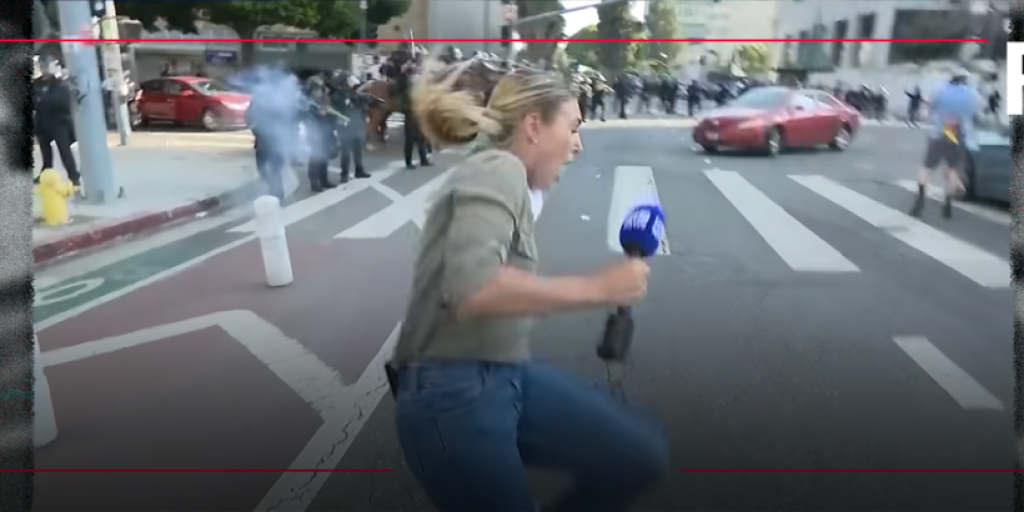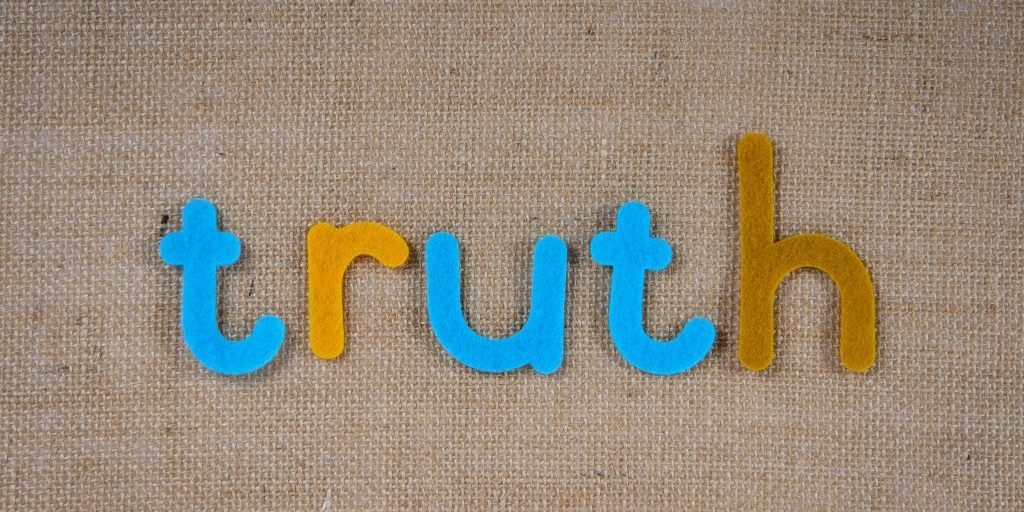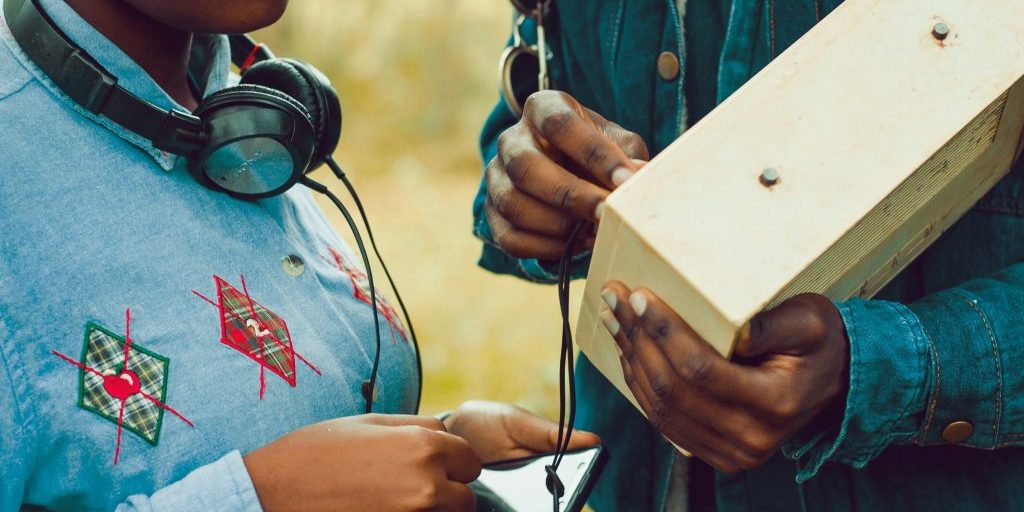Journalists covering Los Angeles protests hit by wave of violence
At least 27 attacks on journalists covering protests in Los Angeles took place between 6 and 8 June. The assaults have been carried out by both law enforcement and protesters.
Violence against journalists while they are reporting is unacceptable under any circumstances, and Reporters Without Borders (RSF) calls on the authorities to protect journalists’ First Amendment right to cover matters of public interest.
The protests began in Los Angeles on 6 June in response to raids on workplaces by federal authorities targeting immigrants. Police have used tear gas and rubber bullets to disperse crowds, at times indiscriminately striking members of the media.
According to information verified by RSF with the help of its local partner, the Los Angeles Press Club, at least 27 separate incidents of violence against journalists have been recorded at the protests since 6 June. These include 24 by law enforcement and three by individuals.
The indiscriminate wave of violence has touched all parts of the media, including legacy outlets, freelancers, local TV, foreign correspondents and journalist security teams
‘The wave of violence against journalists on the streets of Los Angeles this weekend is unacceptable,’ said Clayton Weimers, Executive Director, RSF USA. ‘These protests are a matter of huge public interest and the public has a right to know exactly what’s going on.’
‘The only way that can happen is if journalists are allowed to do their jobs freely. This is inherently dangerous work, but it’s made more dangerous by authorities who are unable or unwilling to distinguish press from protestors, and by private actors who attack members of the media.
‘Authorities in LA must do more to ensure press freedom is respected during these protests.’
Almost immediately after the protests erupted, journalists were under physical attack. Multiple media workers reported being shot by police with ‘less-than-lethal munitions’ (LLM) such as pepper balls, rubber bullets and tear gas canisters.
Those hit included Southern California News Group’s Ryanne Mena, freelance journalists Anthony Cabassa and Sean Beckner-Carmitchel, The Southlander’s Ben Camacho, British photojournalist Nick Stern, and LA Taco’s Lexis Olivier-Ray.
Disturbing footage shows Australian TV reporter Lauren Tomasi being shot with LLM by police while reporting live on the air.
A video posted by NBC LA shows police in military-style gear aggressively pushing reporter Mekahlo Medina. Another video shows police firing on a KCBS/KCAL TV crew.
On 8 June, President Donald Trump announced he was calling up 2 000 National Guard troops to assist local police, a move that contributed to the violence against journalists already being perpetrated by law enforcement.
RSF urges all authorities — local, state, and federal — to show respect towards members of the media in recognition of their constitutionally-protected duty to report on these protests
The California Penal Code 13652(b)(6) requires state and local officers to ‘minimise possible incidental impact’ of these weapons on journalists, and federal law enforcement officers are bound to uphold the First Amendment of the Constitution, which guarantees the rights of journalists to cover matters of public interest, including recording officers in the course of their work.
There have also been at least three alleged incidents of violence by individual protesters against journalists trying to cover the protests. In an online video, demonstrators appear to threaten and chase away a TV crew for KTTV Fox 11, as well as independent journalist Aldo Buttazzoni.
A KTTV Fox 11 news van was also broken into and vandalized.
The United States ranks 57th out of 180 countries and territories in the 2025 RSF World Press Freedom Index. It has dropped 12 places in the past five years, and seen an alarming uptick of press freedom violations since Trump took office for the second time in January 2025.
- This article was first published here




